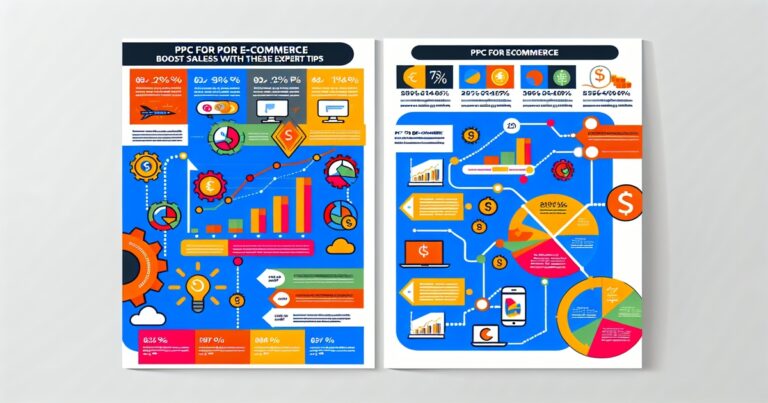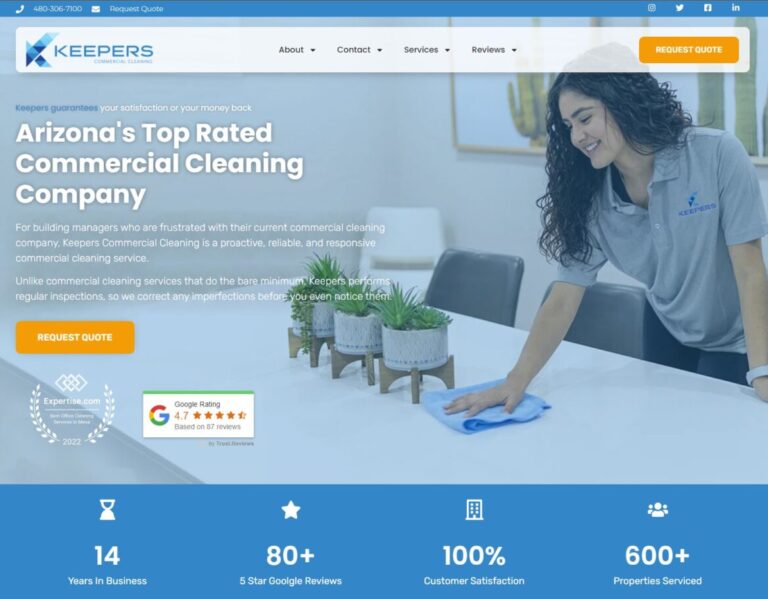The art of typography plays a crucial role in every design project, whether you’re working on a website, logo, or marketing material. The right font can enhance readability, aesthetics, and brand identity. In this blog post, we’ll explore the basics of choosing the right fonts for your designs, focusing on:
- Font types and categories
- How to choose a font
- Typeface art and creativity
- Font resources and tools
- Legal and ethical considerations
Understanding Font Types and Categories
When choosing a font, it’s essential to understand the different font categories available. Here’s a brief overview of some common font categories:
Serif
- Classic and elegant appearance
- Small strokes or “serifs” at the end of each letter
- Ideal for print and long-form content
Sans-serif
- Modern and clean look
- No serifs at the end of letters
- Suitable for digital and web design
Display
- Highly stylized and eye-catching
- Best for headlines, posters, and large-scale designs
- Not suitable for body text or small sizes
Script
- Mimics handwriting or calligraphy
- Adds a touch of elegance or personality
- Perfect for invitations, logos, or decorative elements
Handwritten
- Casual and informal appearance
- Similar to everyday handwriting
- Ideal for notes, informal communication, or to add a personal touch
Monospace
- Fixed-width characters
- Suitable for coding or technical documents
- Gives a retro or technical vibe
How to Choose a Font
To choose the right font for your design, follow these steps:
- Assess the context and purpose of the design: Consider the medium, message, and audience for your design. This will help guide your font selection.
- Keep the target audience in mind: Different fonts may evoke different emotions, so choose a font that aligns with the values and preferences of your target audience.
- Consider brand identity and consistency: Ensure the font you choose aligns with your brand’s existing design language and style.
- Balance readability and aesthetics: While having a visually appealing font is essential, readability should always be a top priority.
Choosing Fonts for Specific Design Scenarios
Here are some tips for choosing fonts in various design scenarios:
- Print vs. digital: Serif fonts are generally better for print, while sans-serif fonts work well for digital designs.
- Web design and mobile app design: Opt for clean, legible fonts that render well on various devices and screen sizes.
- Logos and branding: Choose a font that reflects your brand’s personality and is easily recognizable.
- Display typefaces for headlines and large-scale designs: Select an attention-grabbing font, but ensure it remains legible even at large sizes.
- Pairing fonts: Combine fonts from different categories to create visual hierarchy and contrast while maintaining consistency.
Typeface Art and Creativity
Embrace the artistic potential of typefaces by:
- Using typography as a design element
- Experimenting with custom fonts and typeface combinations
- Exploring unconventional ways to showcase typefaces in your designs
Font Resources and Tools
To build your font collection, check out these resources:
- Top sources for free and premium fonts, such as Google Fonts, Adobe Fonts, and Font Squirrel
- Font selection tools and websites, like WhatTheFont and FontPair
- Preview and test fonts using tools like Wordmark.it or FontExplorer
Legal and Ethical Considerations in Font Usage
When using fonts in your designs, you must be aware of the legal and ethical considerations surrounding font licensing and usage rights. Failing to respect these guidelines can lead to legal disputes and harm your reputation as a designer.
Font Licensing
Fonts are typically protected by copyright, and licensing agreements govern their usage. When using a font, ensure you have the appropriate license for your intended use. Font licenses can vary, with some common types including:
- Free for personal use: These fonts can be used in personal projects but may not be used for commercial purposes.
- Free for commercial use: These fonts can be used in both personal and commercial projects without restrictions.
- Paid licenses: These fonts require a license, which may have specific terms and conditions regarding usage. Licenses can be based on factors such as the number of users, the scope of the project, or the distribution method (e.g., print or digital).
Font Usage Rights
When using a font, it’s important to adhere to the usage rights specified in the font’s licensing agreement. This may include limitations on:
- Modifying the font or creating derivative works
- Embedding the font in websites or applications
- Using the font in logos or trademarks
- Distributing the font or sharing it with others
Ethical Considerations
Respecting the work of typeface designers is not only a legal matter but also an ethical one. Typeface designers often invest significant time, effort, and expertise in creating fonts. By respecting their licensing terms and usage rights, you support their livelihood and the continued development of new fonts.
Tips for Ensuring Legal and Ethical Font Usage
- Always read the licensing agreement: Before using a font, make sure you understand and comply with the terms of its licensing agreement.
- Purchase the appropriate license: If a font requires a paid license for your intended use, invest to avoid legal complications and support the designer.
- Give credit where it’s due: If a font requires attribution, credit the designer or foundry in your project or documentation.
- Stay informed about licensing changes: Sometimes, font licensing terms can change. Periodically review the licensing agreements for your fonts to ensure ongoing compliance.
- Organize and track your font licenses: Keep a record of the fonts you have licenses for and the terms of each license to avoid accidental misuse.
By considering these legal and ethical aspects when choosing and using fonts in your designs, you’ll protect yourself from potential legal issues and contribute to a healthy and thriving design community.
Practical Examples of Font Selection
To better illustrate the impact of font choices, let’s examine some real-life examples of effective and ineffective font use:
Effective Font Use
- A well-designed e-commerce website might use a clean, sans-serif font like Helvetica or Open Sans for body text, making the content easy to read on various devices.
- An elegant wedding invitation might use a script font like Bickham Script or Great Vibes to create a romantic and sophisticated atmosphere.
- A technology start-up’s logo might use a modern, geometric sans-serif font like Futura or Montserrat to evoke a sense of innovation and progress.
Ineffective Font Use
- Using a decorative display font like Pacifico or Lobster for body text in a blog post would be distracting and difficult to read.
- Choosing a font with poor kerning, where the spacing between letters is inconsistent, could negatively affect readability and give an unprofessional impression.
- Using a highly stylized script font for a corporate presentation might create a jarring contrast and appear unprofessional or off-brand.
Frequently Asked Questions (FAQ)
What is the best place to use a display typeface?
Display typefaces are best suited for headlines, posters, signage, or other large-scale designs where legibility at smaller sizes is not a concern. They can create visual impact and convey a particular mood or style, but they should not be used for body text or in situations where readability is crucial.
How do I choose a font for my logo?
When choosing a font for your logo, consider your brand identity, target audience, and the intended message. The font should be unique and memorable while reflecting your brand’s personality. You can opt for a custom font, combine different fonts, or modify an existing font to create a distinctive look. Ensure the font is legible at various sizes and across different mediums, such as print and digital.
Social Sharing and Engagement
We hope you found this guide on typography basics and choosing the right fonts for your designs helpful! If you think your friends or colleagues could benefit from this information, please share this blog post using the social sharing buttons below. We would also love to hear your thoughts or questions in the comments section!
If you’re looking for more design inspiration and tips, be sure to explore our other blog posts or sign up for our newsletter to receive regular updates and resources straight to your inbox.
Happy designing!









